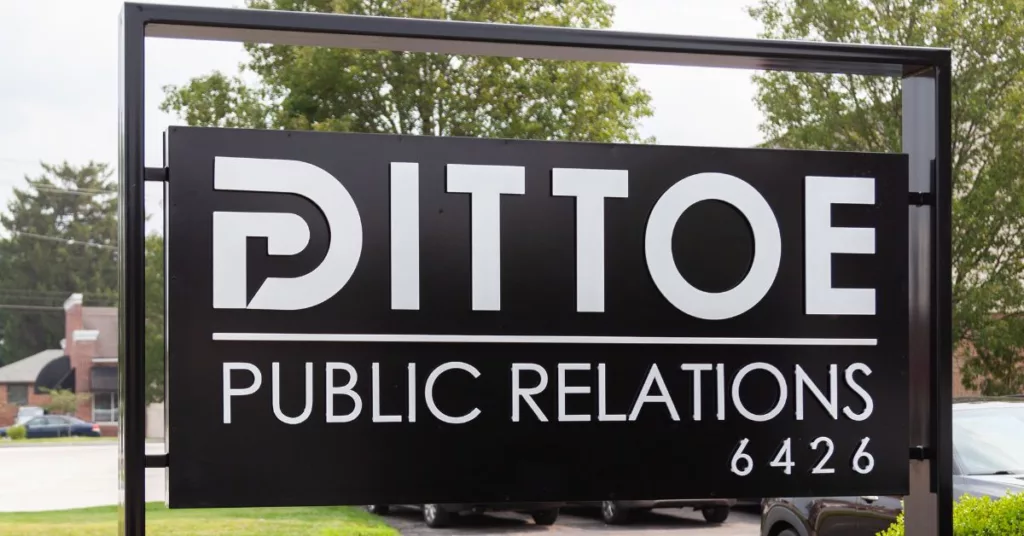Media advisory versus press release: one of the longest rivalries in the PR game. These crucial documents work to accomplish similar PR goals, but failing to see what makes a media advisory drastically different from a press release can deliver costly consequences next time you’re trying to capture the media’s attention. For PR novices, learn the key factors that differentiate these two handy PR tools and how they can be implemented to exceed clients’ expectations.
Purpose
Understanding the true purpose of each document will help PR teams determine which one will generate more media coverage for a client. For starters, a media advisory or alert serves as an invitation to an event and stimulates attendance to a company event, such as a news conference, grand opening or presentation. For instance, when Dittoe PR client LIDS hosted an event to unveil their new social media command center in their newly renovated corporate headquarters, Dittoe PR leveraged an advisory inviting media to join the event and receive private tours of the new facility.
A press release has a different purpose. It is rooted in storytelling, providing journalists with key details for their article or segment. Types of announcements include the launch of a new product, new hires, company milestones and more.
Composition
When well-written, the content in a press release and media advisory can be very similar. Both documents include the same basic information, such as the who, what, when, where, why and how. In addition, they also need to feature a catchy headline, be concise, informative and relevant to a target audience.
However, their similarities in composition are overpowered by major fundamental differences. A media advisory is an abbreviated form of a press release containing less detail and almost zero commentary. It encompasses only the facts and are rarely shared verbatim with the public. These documents strictly inform the media of a newsworthy event by giving persuasive reasoning on why media should attend.
A press release includes additional “meat” to support the story being presented to the media. Since these documents typically contain more information in added detail, they can be published on social media or an online publication directly, usually unedited. This makes it vital for each press release to contain all the necessary information to increase the turnaround time of a story.
Timing
The biggest difference between the two documents is understanding the timing. Media advisories need to be sent to media contacts well in advance of the event. This gives contacts plenty of time to add it to the schedule and make the necessary arrangements to ensure they can attend. This approach also allows the PR professional to have adequate time in advance to send subsequent reminders about the event.
For press releases, many PR professionals have thrown out various rules on timing, but previous experience has revealed that correct timing needs to align with the client’s goals. If a specific client typically likes releases to go out on a specific day/time, adhere to their preferred process and make necessary recommendations depending on holidays and what is generating buzz among target audiences in the news cycle. In addition, PR pros can also try testing out different distribution dates/times to see when one garners the largest pickup by looking at the analytics and then tailoring the approach accordingly.
Think your company or brand could benefit from proactive media relations? We’re happy to help!







0 Comments